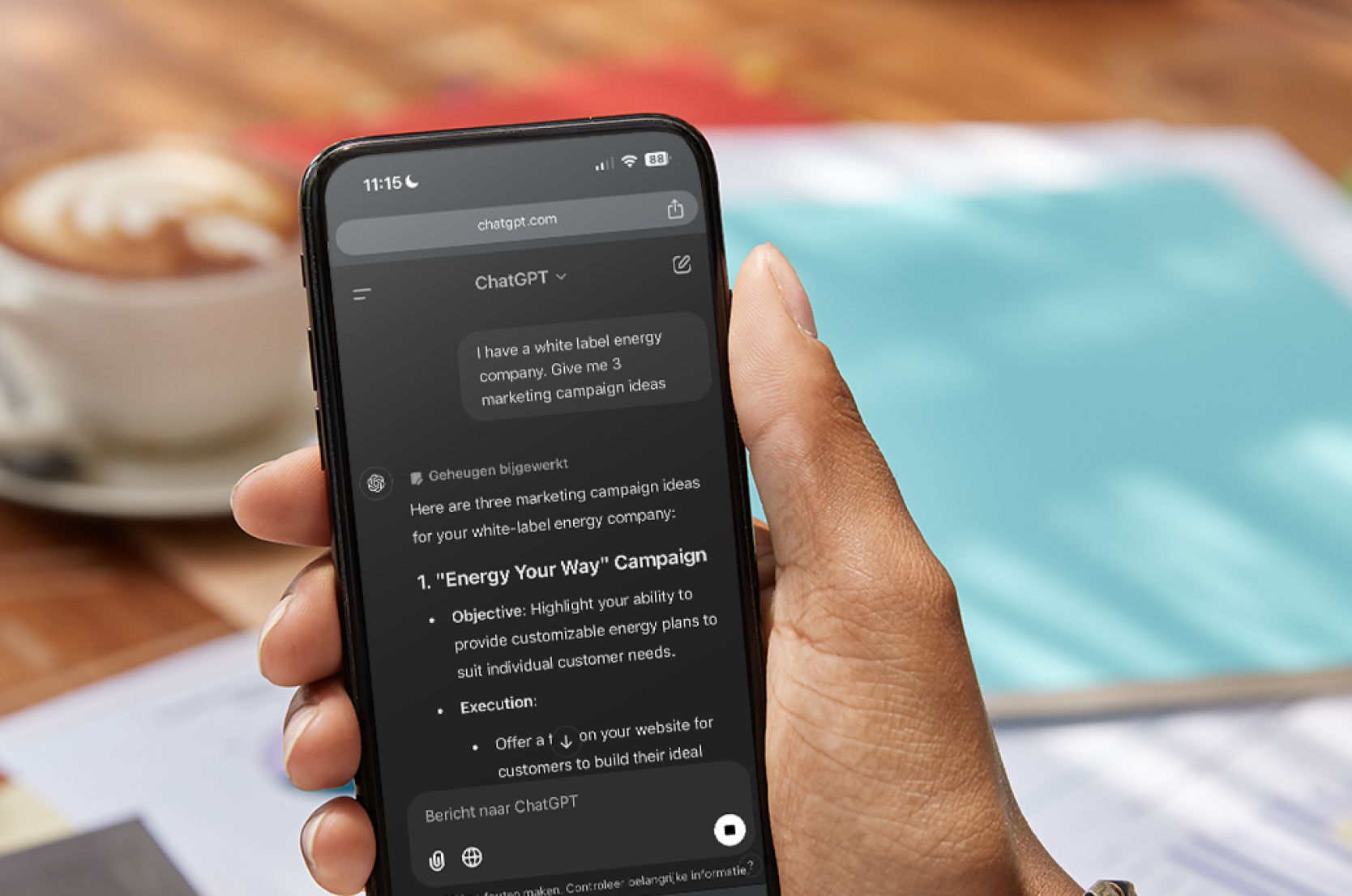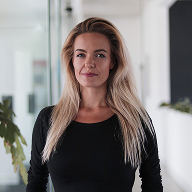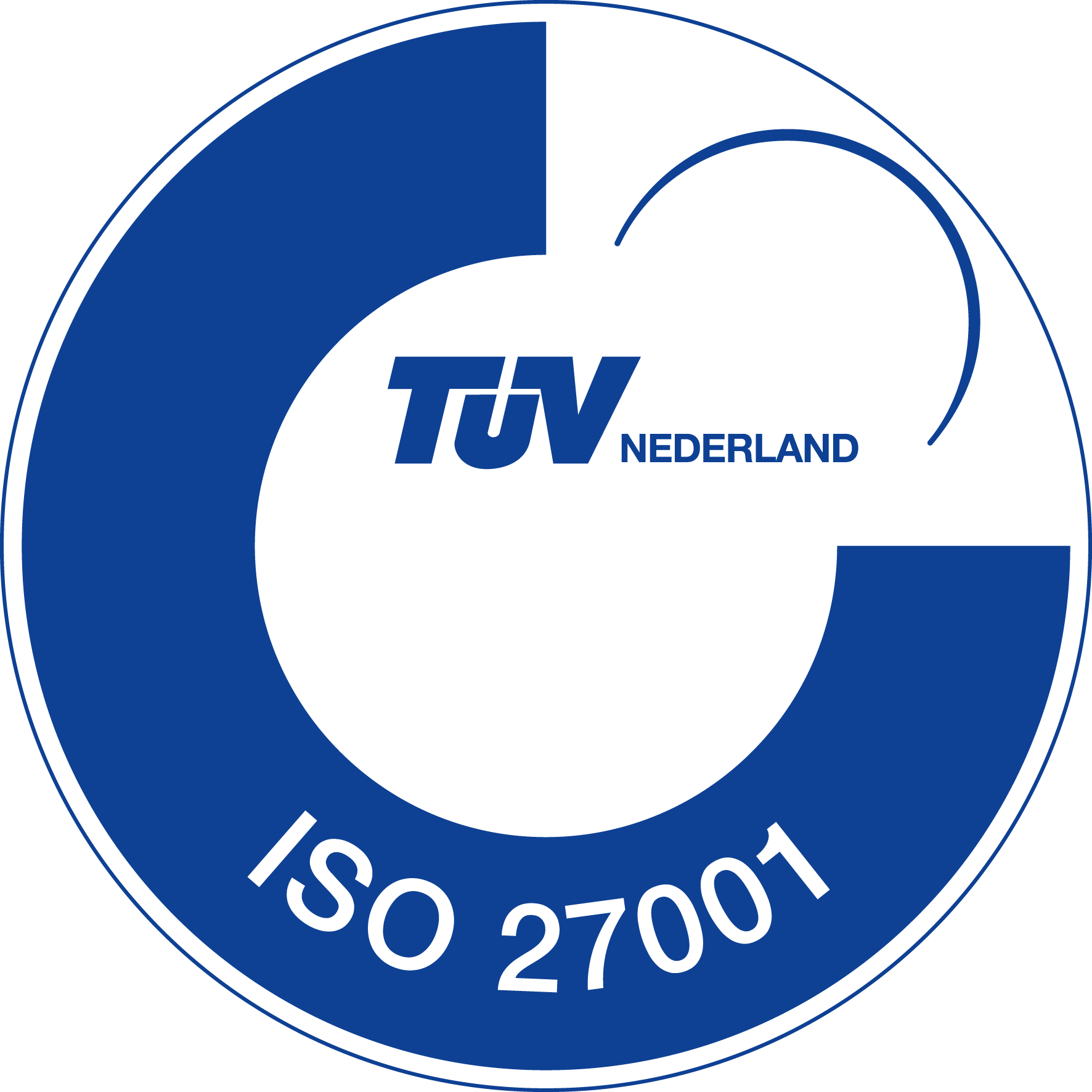
As a designer, I know that the power of design goes far beyond aesthetics. It defines how intuitive a product feels, how efficiently someone completes a task, and how quickly a user understands what to do. But that only works when design and development move forward together.
In short (TL;DR)
When design and development collaborate from the start, the result is software that not only works well but also feels natural and intuitive. Design isn’t a step in the process, it’s the foundation of it.
Why Design Belongs Early in the Process
A strong design respects technical boundaries but also challenges them. By being involved from the start, designers can shape structure and interaction in ways that feel natural for users and feasible for the team.
When developers join the conversation early, they can help think through components, states, and behaviors. This prevents teams from having to go back to the drawing board later. Conversely, design helps make technical decisions more tangible and understandable for stakeholders.
“Design is not decoration. It’s the invisible structure that makes technology feel human.”
Designing for Impact
Design is more than aligning pixels. It’s the bridge between functionality and experience. A good design simplifies complexity and brings structure to a product that constantly evolves.
That’s why I focus on:
- Visual consistency: one recognizable style that creates calm and trust.
- Interaction patterns: familiar elements that make interfaces intuitive.
- Micro-interactions: small details that confirm success and build confidence.
When these elements are aligned early with development, design becomes not only executable but also more powerful in impact.
Practical Insight
For an internal platform project, I worked with developers from the wireframe stage onward. Together we defined component structures, states, and reusability. This allowed the design system to connect directly to the technical foundation. The result was a product that was not only visually strong but also easy to maintain and scale.
The Moral of the Story
Design is not what happens after development. It’s an essential part of the process. The earlier design takes a seat at the table, the stronger the result. A great design is not only what you see, but what makes everything work smoothly underneath.










